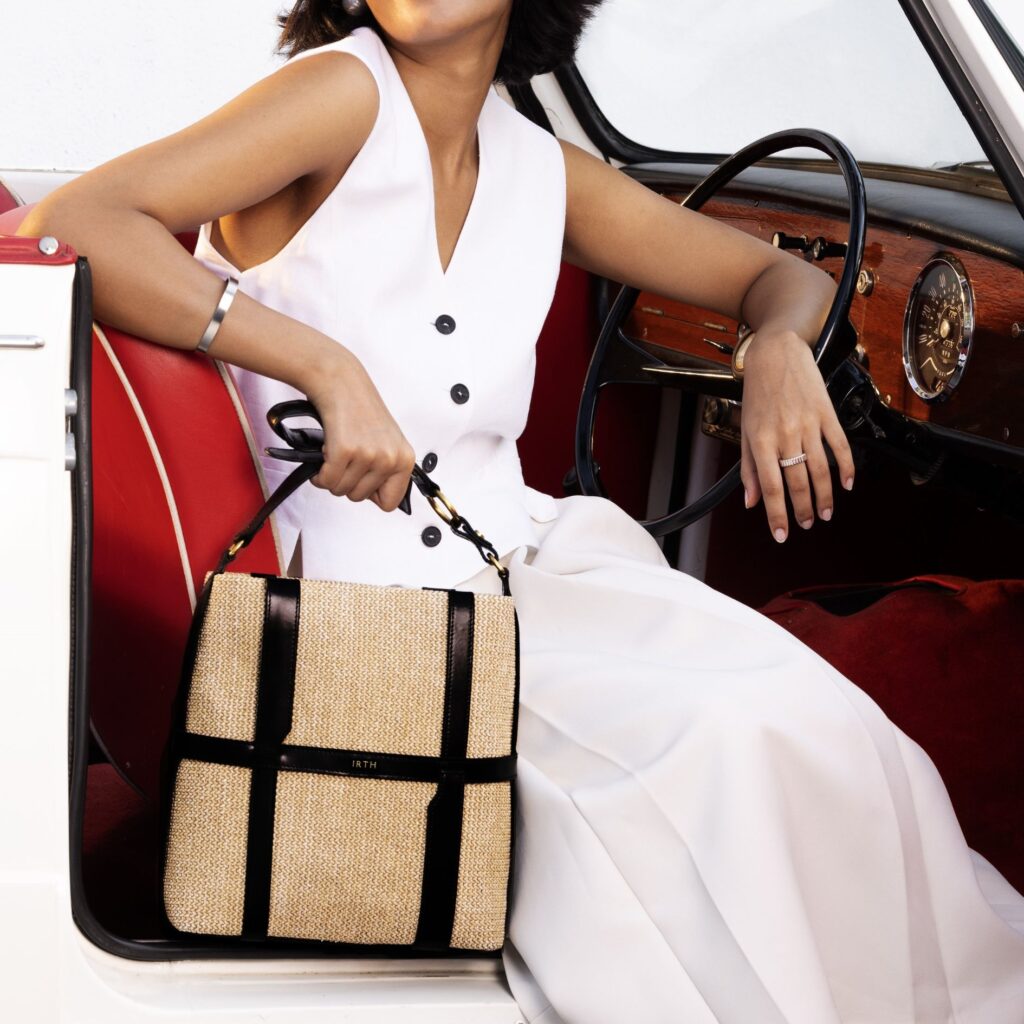Couturiers Manish Malhotra and Abu Jani Sandeep Khosla share insider secrets with The Word. Magazine.
How To Spot Real Vs. ‘Fake’ Chikankari
- ByManish Mishra

Actors Ranveer Singh and Deepika Padukone dressed in Manish Malhotra’s chikankari creations for the Mijwan Couture Show, held in 2022.
The beauty of Chikankari is centuries old: an age-old, hand-done craft that has sublimated Indian couture. Like every indigenous heritage technique, it celebrates slow fashion and is steeped in agelessness. Moreover, chikankari remains incredibly relevant, irrespective of the recurring trend cycles.
In fact, this ancient craft is believed to have a vibrant Mughal connection, dating back to Nur Jahan [1577-1645], wife of Emperor Jahangir. An expert in embroidery, she would craft motifs with embroidery that caught the Emperor’s attention. Nur Jahan passed her knowledge ahead and, by and by, chikankari was embedded on the cultural map. And with the marriage alliance of one of the royals of the Mughal empire with the royal family of Murshidabad, chikankari reached Murshidabad and thrived there as well.
Traditional chikankari embroidery was done on fine muslin. With the arrival of the British, however, Indian textiles were discouraged—including muslin—which dented chikankari’s popularity. During this crucial era, many artisans migrated to Awadh from Delhi and this is how chikankari came to Lucknow.
Chikankari is often called ‘Lucknowi Embroidery’, since the Nawabi city is where chikankari has been produced by artisans for more than a century. “Lucknow is famed for this beautiful and highly-skilled technique that was introduced to India by the Mughal queen Nur Jehan or Mehrunnisa, who brought it to our country from Persia,” inform designer-duo Abu Jani Sandeep Khosla, who have reinterpreted this artform in their campaigns and runway showcases season after season.
Around the 1980s, an array of visionary entrepreneurs attempted to revive chikankari. Social worker Runa Banerjee and her NGO SEWA (Self-Employed Women’s Association, Lucknow) started working towards the revival of the craft and, slowly, chikankari rose like the proverbial phoenix from the ashes.
And yet, despite its century-old legacy, this craft has been facing a tough challenge of late, from China-made chikan that is almost 30% cheaper and has a shorter production time-span. Unfortunately, the machine-made, Chinese chikan is thriving as it can be produced faster as opposed to handcrafted embroidery, whereas most karigars operate from the villages around Lucknow.
Real vs ‘Fake’
As conscious shoppers on a lookout for authentic chikankari pieces, the ultimate question emerges: What is authentic and what is fake? With so many machine-manipulated versions being sold in the market, it’s imperative to spot real chikankari work, which takes hours and hours of dextrous handwork.
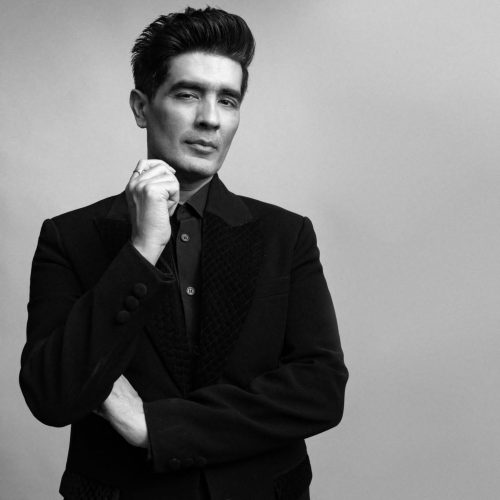
Designer Manish Malhotra has been working with the Mijwan Welfare Society for over 10 years now, celebrating this delicate craft and has championed it over the years. “To differentiate between real and fake chikankari requires a keen eye for detail. Authentic chikankari is renowned for its intricate handwork and fine craftsmanship. While checking the back of the fabric for threads is a good start—genuine chikankari will show the neatness and consistency of hand embroidery—there are other aspects to consider as well,” Manish shares with The Word..
He continues, “Real chikankari often has an uneven texture due to the hand-stitching process, and the motifs are typically more detailed and refined. Also, the threads used in authentic chikankari are usually of high quality, giving the embroidery a distinct sheen and durability.” Manish has dressed the likes of Kareena Kapoor Khan, Deepika Padukone, and many more in his chikankari creations over the years.
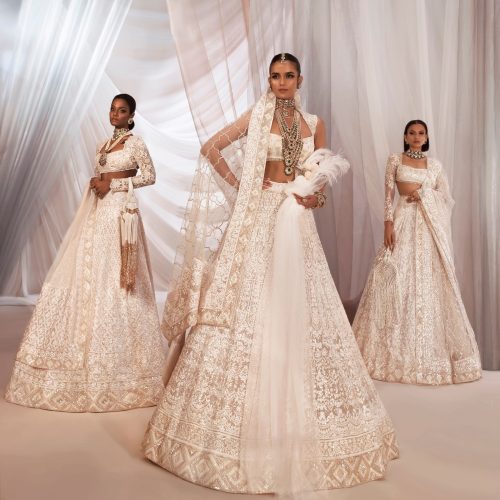
Hand-embroidered chikan is easy to detect from the loose threads and raised embroidery on the back side. “Hand embroidery features more complex chikankari stitches used in unison. Machine chikan, meanwhile, concentrates on a limited mix of simple stitches that are identical and possess a seeming perfection,” state Abu Jani Sandeep Khosla.
A connoisseur will tell you that handmade chikankari is the epitome of artisanal craft, where each stitch tells a story, showcasing the skill and patience of the artisans. “The patterns are intricate, delicate, and unique, often incorporating slight variations that add to their charm and exclusivity. It’s like a couture piece, made with love and precision,” adds Manish
On the other hand, machine-made chikankari, while still beautiful, lacks that personal touch. “The stitches are uniform and often lack the depth and texture that come with hand embroidery. It’s more about efficiency and consistency, perfect for mass production and often more affordable. Think of it as stylish and accessible, but without that bespoke magic,” Manish states.
“Checking the back of the fabric for threads is a good start—‘real’ chikankari often has an uneven texture due to the hand-stitching process, and the motifs are typically more detailed and refined.”
—Manish Malhotra, designer
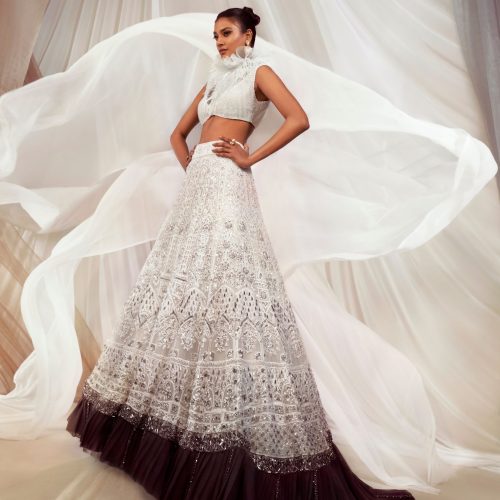
Types of Chikankari Embroideries
The word chikankari has its provenance in “Chakin,” a word in Persian meaning “embroidery.” The artform has a rich history and is believed to have been introduced in Lucknow by the Mughals in the 18th century, where it was worn by the nobility in the form of muslin robes and garments. “In chikankari embroidery, there are certain stitches that are used to create an embossed or raised effect on the fabric. These stitches include Murri, Bakhiya, and Phanda. The Chikankari embroidery boasts a total of 32 different stitches. Several of these are popular and commonly used to create intricate and beautiful designs. These also include Jaali and Tepchi,” say Abu Jani Sandeep Khosla.
Murri and Phanda are commonly used stitches. In western terms, they are also known as French knots, and are used to fill in the centre of the flowers. Murri refers to knots that are in the shape of rice grains, and Phanda are in the shape of Millets. On the other hand, the Bakhiya stitch or shadow work is, for the most part, done from the wrong side of the fabric and the front is rendered in the herringbone style.
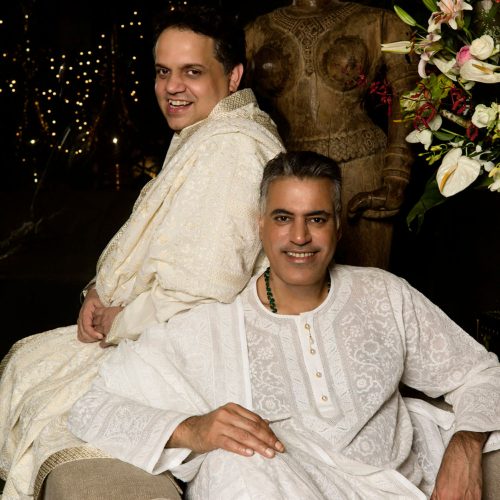
of chikankari for decades.
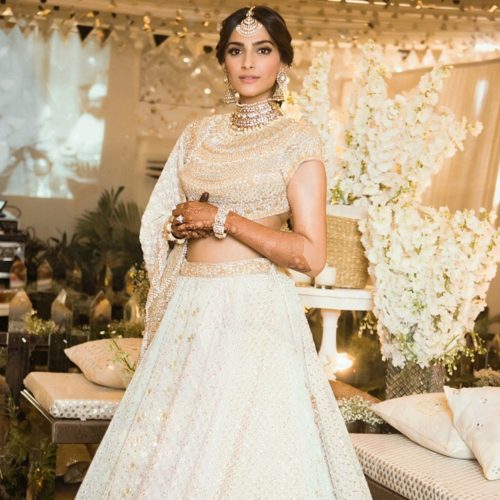
Each type of stitch in chikankari embroidery is a masterpiece in itself, transforming the fabric into a work of art. “Whether it’s the finesse of Hathkati or the elegance of Darzdari, the diversity in chikankari is simply phenomenal,” says Manish, adding, “It’s like exploring a treasure trove of beauty, tradition, and craftsmanship, all woven into the fabric with love and passion, making it not just a piece of clothing but a work of art that connects you to a rich history.”
Taking Care of Chikankari
Chikankari is a majestic technique of hand embroidery that takes hundreds of hours to create by the most skilled artisans. It is a labour of love, a precious technique hence needs a lot of care. “Keep your chikankari garments with extreme care. They should never be hung as their weight will stretch and ruin the fabric. They should be folded and stored inside muslin or cotton bags to ensure the threads do not entangle and break. This also prevents fading,” caution Abu Jani Sandeep Khosla.
When clients purchase one of Manish’s Mijwan lehengas, his team always emphasises on storing them in a cool, dry place, preferably wrapped in muslin cloth. “Avoid hanging heavy pieces for long periods as it can distort the shape; instead, lay them flat. For heavily embellished pieces, dry cleaning by a trusted professional is advisable to ensure the embroidery remains intact. After wearing, allow the piece to air out before storing it back. This helps in maintaining freshness and prevents any lingering odours. And, remember, always handle these exquisite pieces with the utmost care, of course,” suggests Manish.
“Hand embroidery features more complex chikankari stitches, used in unison. Machine chikan, meanwhile, concentrates on a limited mix of simple stitches that are identical and possess a seeming perfection.”
—Abu Jani Sandeep Khosla, designer-duo
Lorem Ipsum is simply dummy text of the printing and typesetting industry. Lorem Ipsum has been the industry’s standard dummy text ever since the 1500s, when an unknown printer took a galley of type and scrambled it to make a type specimen book. It has survived not only five centuries,
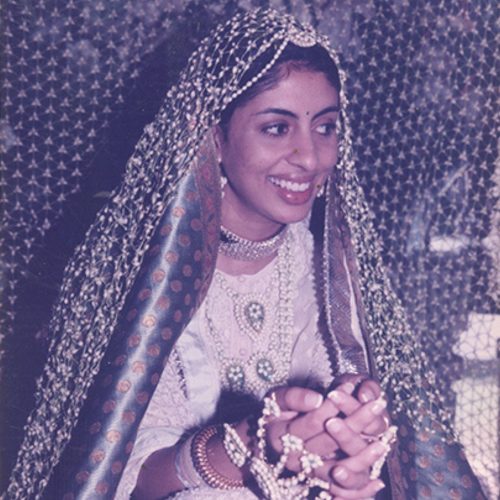
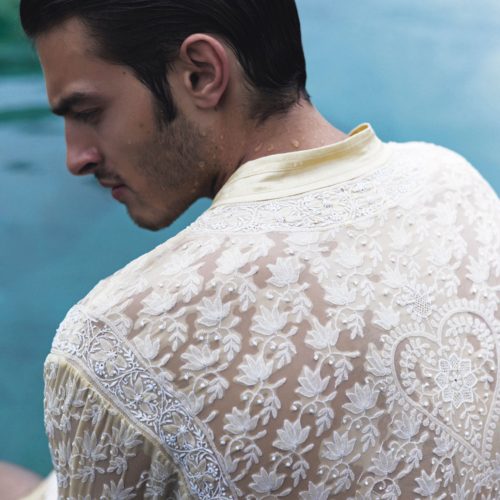
All Images: Courtesy the designers
READ MORE
- The Word. and Bumble Celebrated An Evening Of Scent, Sparks, and Mutual Connections
- How The Bicester Collection Quietly Became the Fashion Insider’s Best-Kept Shopping Secret
- Gauri Khan, On Her New Experience Centre In Delhi, Her Favourite Spot At Home, and Great Décor Advice
- With IRTH’s New Store in Noida, The Brands Adds To Its Joyful Delights
- Ranbir Kapoor’s New Perfume, ARKS Day, Reminds Him of His Childhood




